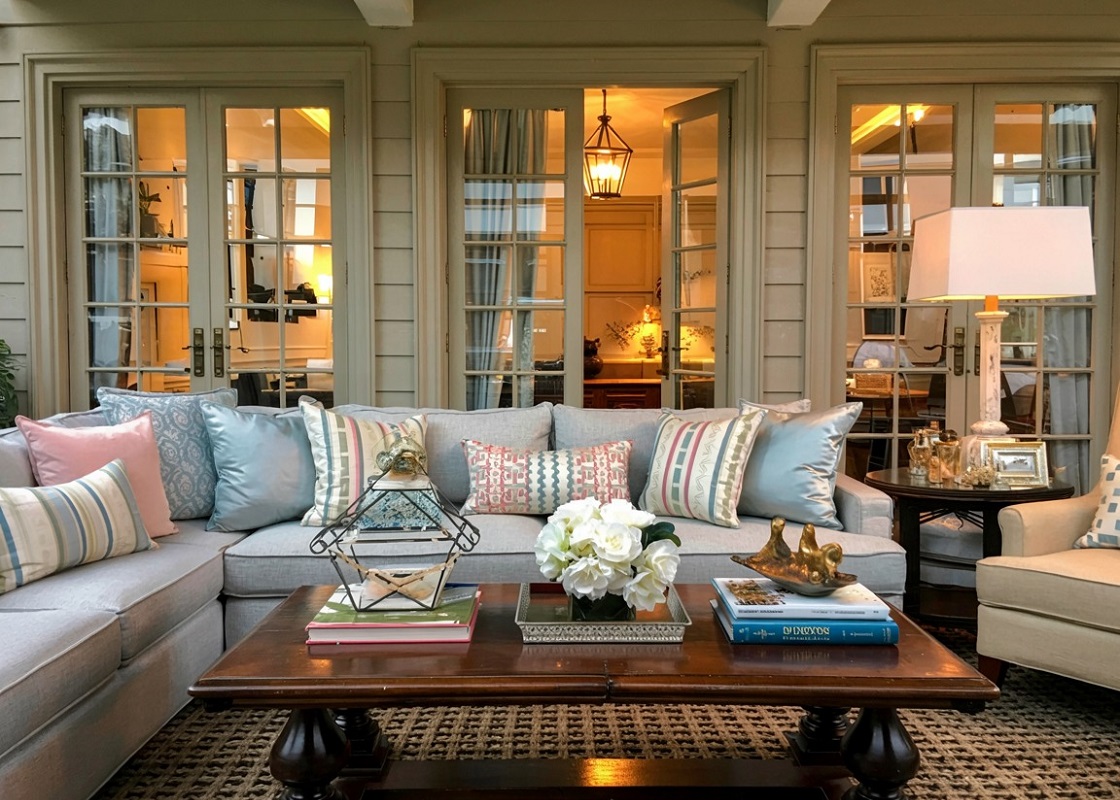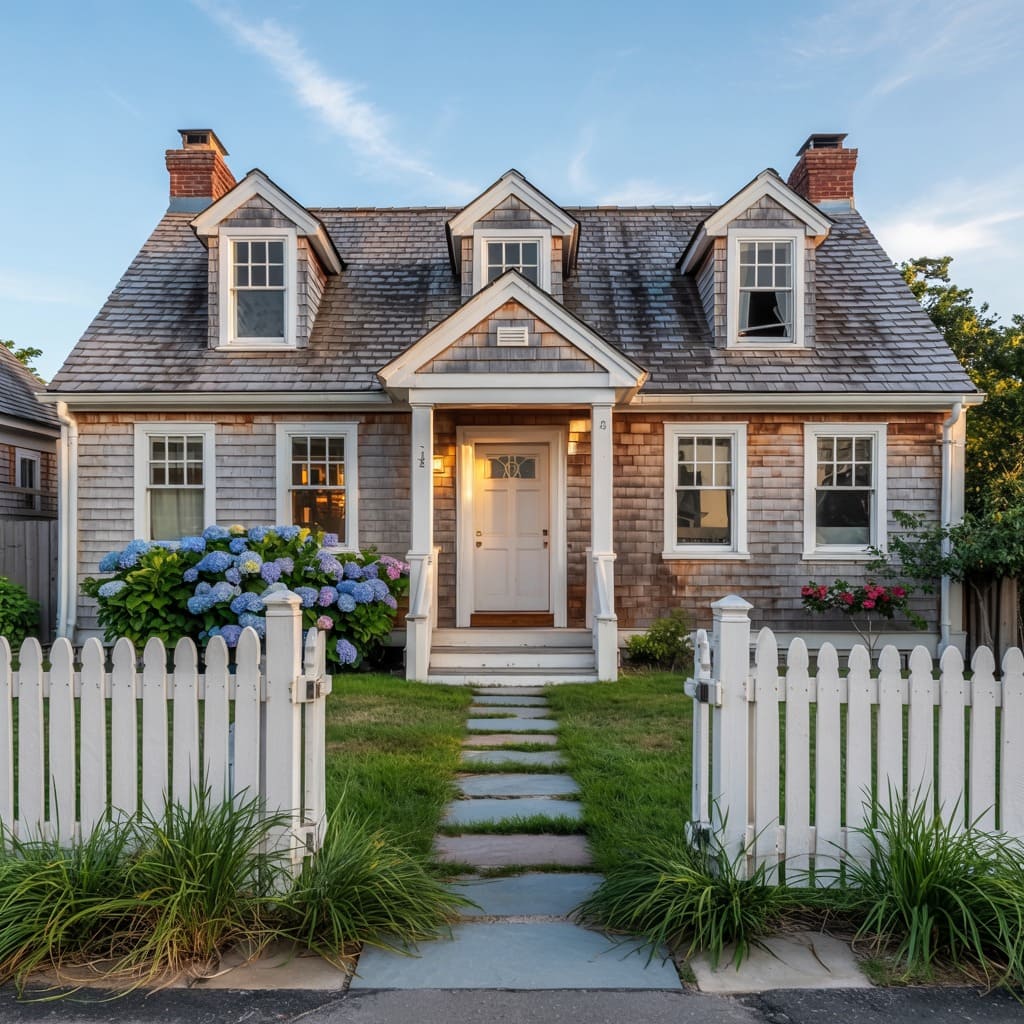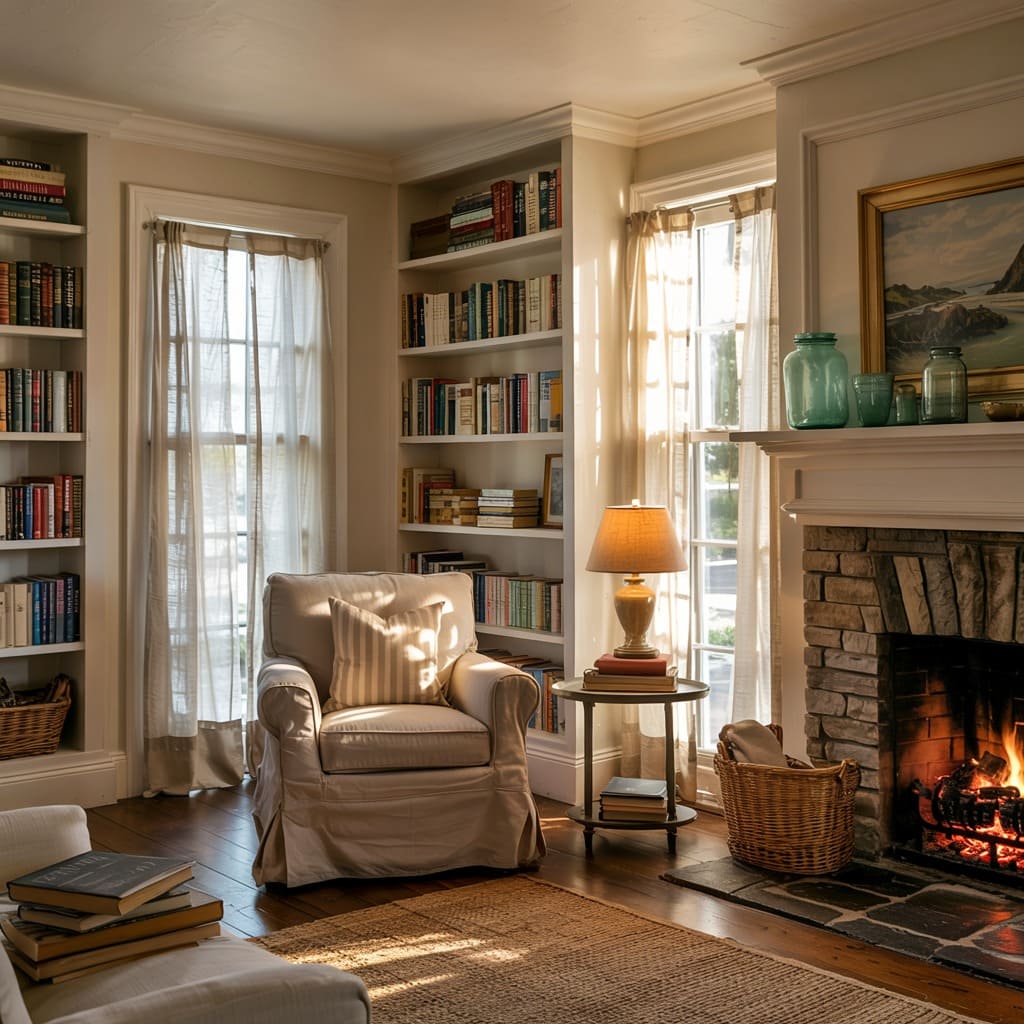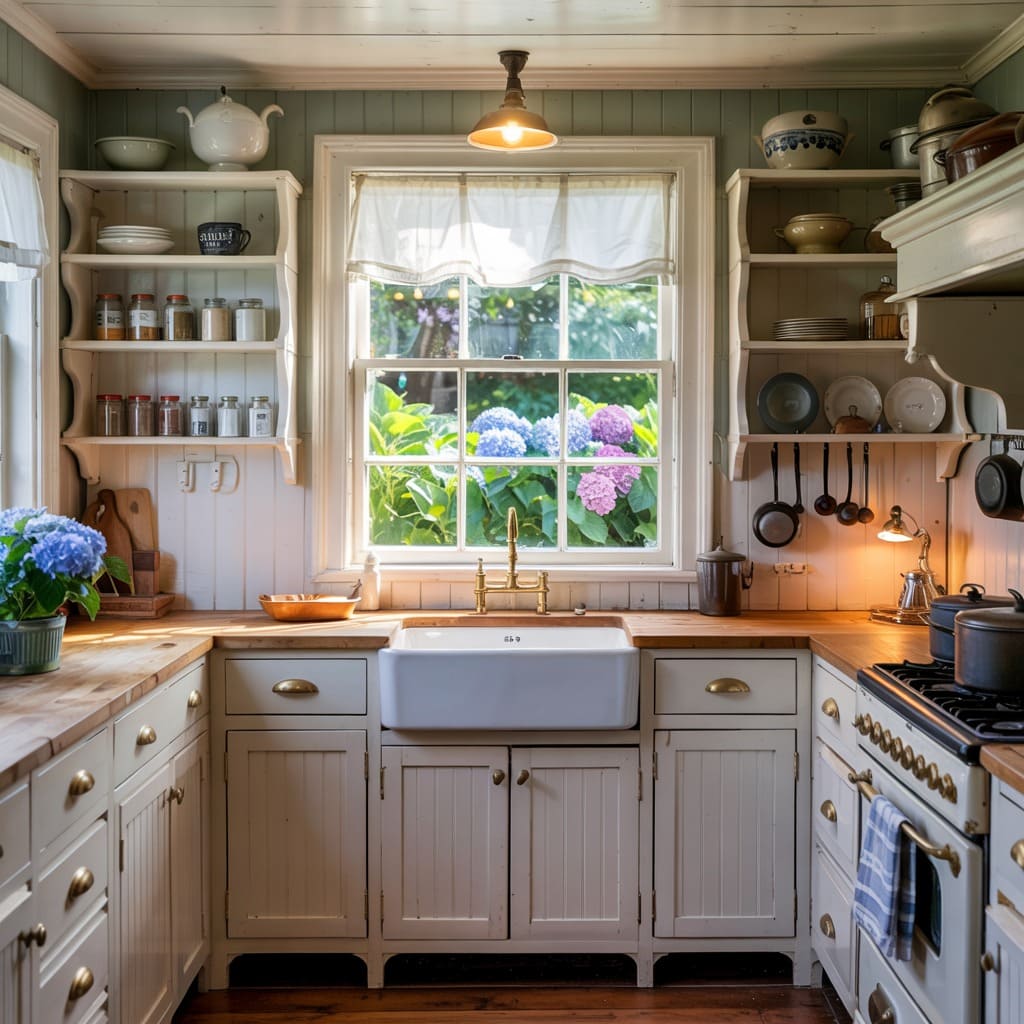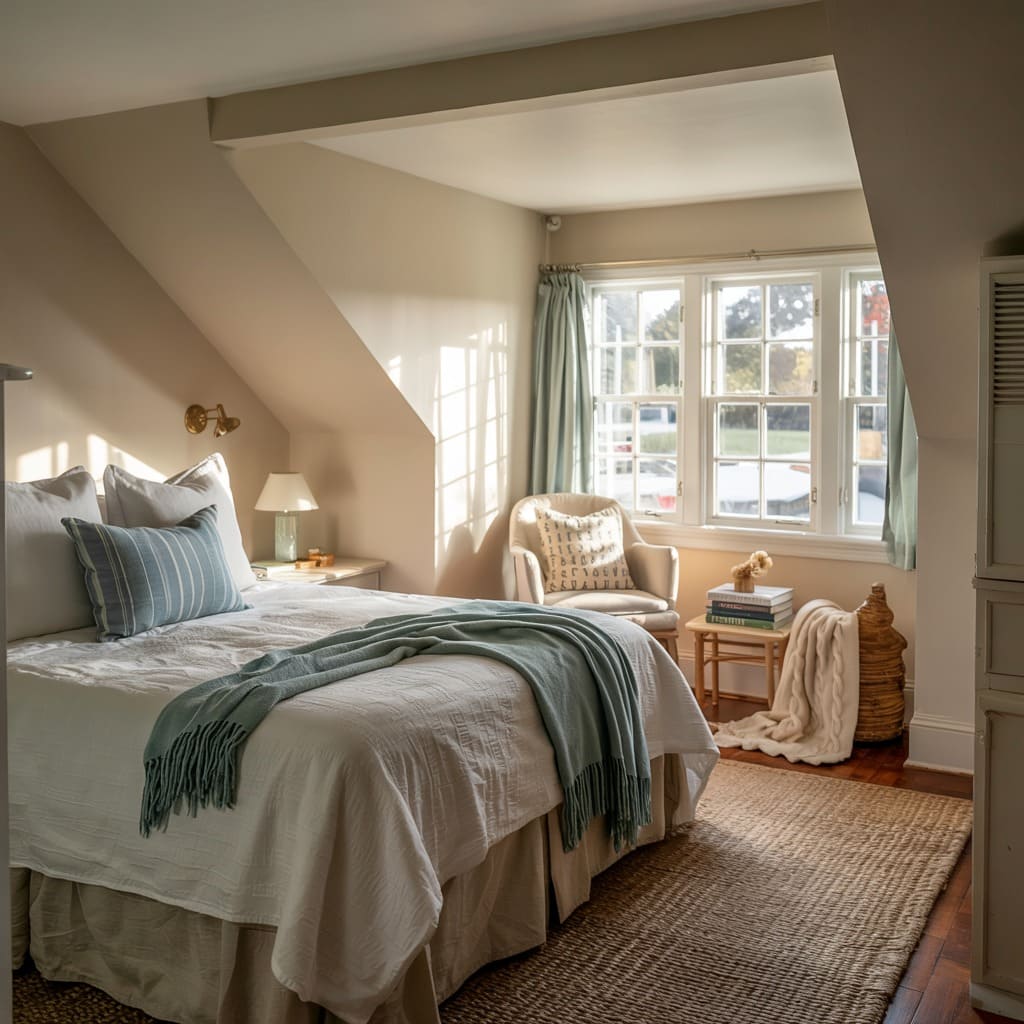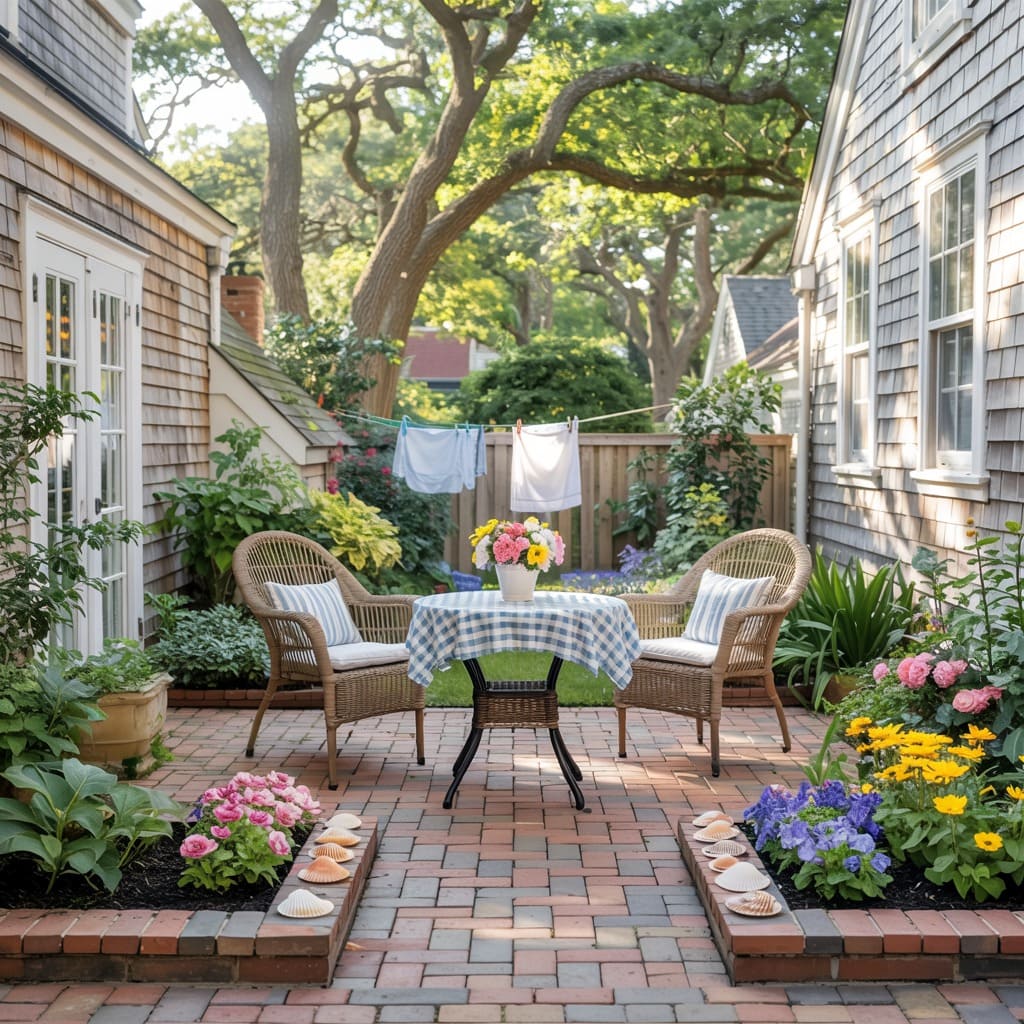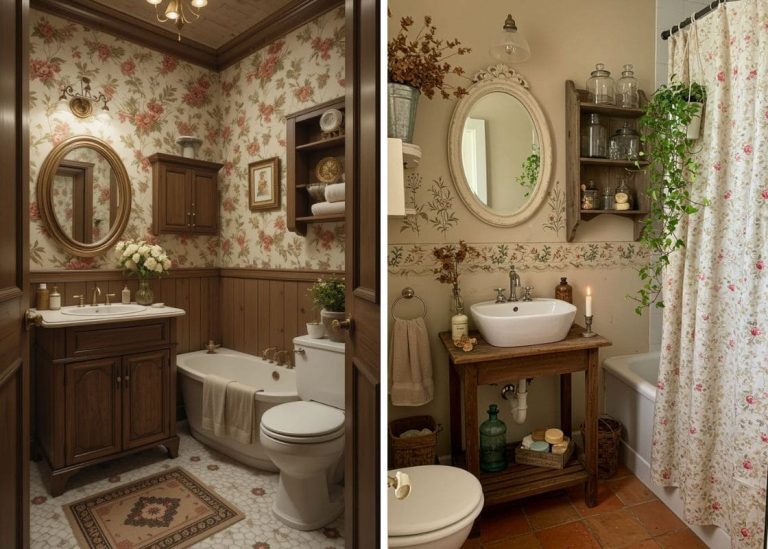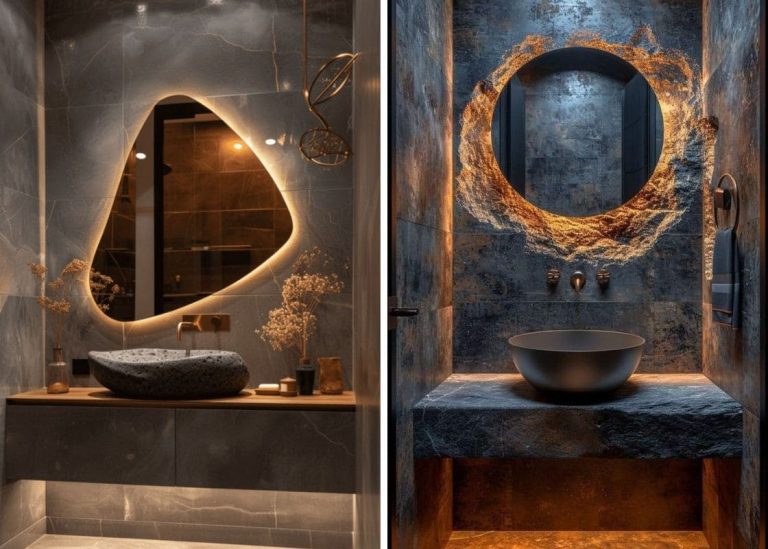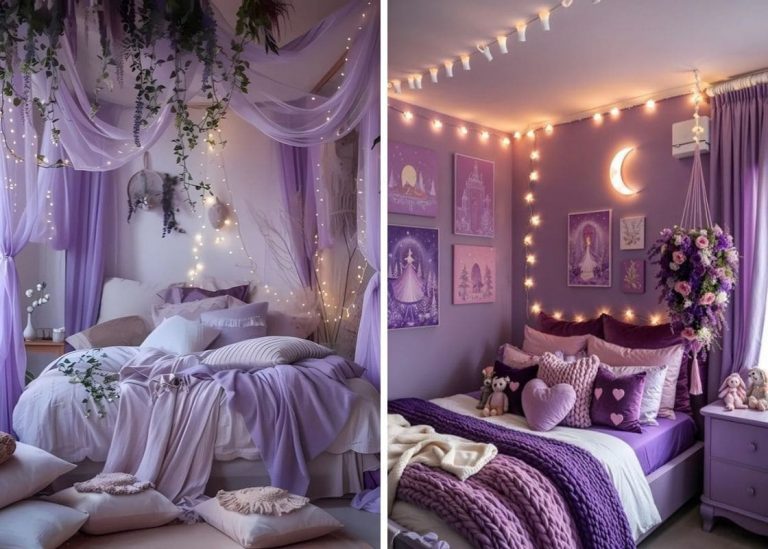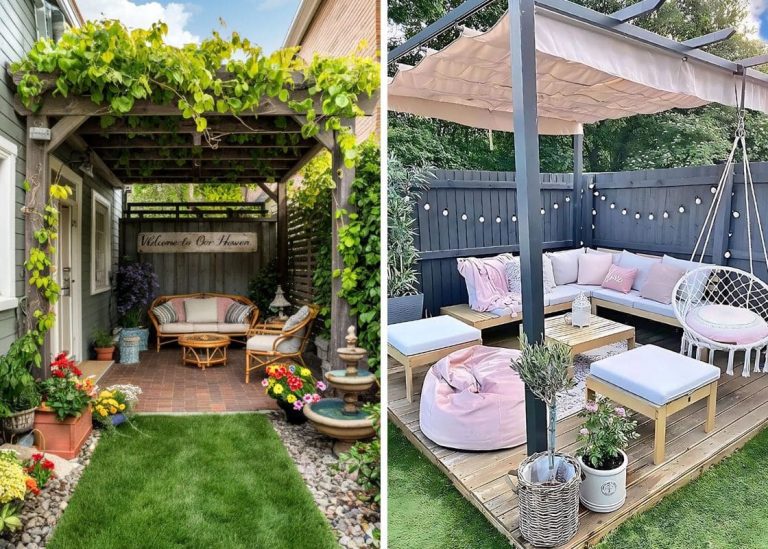Cape Cod Style: Nautical Nods and New England Charm
It was one of those calm summer afternoons, the kind where the breeze carries the scent of the sea and the children’s laughter drifts in and out like a gentle tide. We were visiting an old friend’s family cottage on Cape Cod—nothing fancy, just four weathered shingles and a heart that never stopped beating. I remember standing on her front porch, toes curling against the sun-warmed floorboards, watching her grandmother water the hydrangeas in a wide-brimmed hat, the color of faded seashells.
That house wasn’t grand or sprawling. It didn’t need to be. There was something deeply rooted in its simplicity, its grace, the way every corner whispered stories of summers past. The white picket fence, the dormer windows, and the front door with its flaking blue paint—all of it felt like it had been left just for me to find.
Years later, when I began decorating our own family home, that cottage was still with me. Not in a copycat way—but in the feelings it stirred: safety, nostalgia, that quiet joy that lives between linen curtains and salt air. That, to me, is the magic of Cape Cod style.
What Is Cape Cod Style? A Quiet Icon of Coastal Living
Cape Cod homes don’t shout for attention. They invite you in. With roots stretching back to the 1600s and an unmistakable New England sensibility, these houses are grounded in symmetry, simplicity, and resilience. Originally built to withstand harsh coastal weather, they were low, wide, and practical—but over time, they’ve softened into symbols of warmth and charm.
What I adore about this style is how it balances tradition and tranquility. Clean lines, modest proportions, and that beloved gray-shingled exterior that ages like good driftwood. Even when updated for modern life, Cape Cod homes keep one foot in the past, reminding us that home is not just a structure—it’s a memory in motion.
A Walk Through the House: Where Simplicity Shines
Let’s take a walk through a Cape Cod-style house I discovered online—one designed by a retired couple who wanted a place to grow old near the sea.
The Exterior
The first thing you’ll notice is the timeless symmetry. The roof is steep, sloping gently down over a one-and-a-half-story frame. The cedar shingles, left untreated, have faded to a soft silver-gray, just like the ones from my friend’s cottage. A centered front door with flanking windows smiles out from under a sloped roof. Dormers poke up from the attic like curious eyes, letting sunlight trickle down into the upper level. There’s a white fence out front, of course. And the path to the porch curves just slightly, lined with beach grass and smooth stones.
The Living Room
Step inside, and everything quiets down. Walls painted in a soft, creamy white that catches the light without glaring. Hardwood floors—narrow oak boards, scuffed in places but lovingly polished—anchor the room with history. A pair of slipcovered armchairs face the stone fireplace, and shelves filled with dog-eared novels and old sea glass jars wrap the corners like a hug. The ceilings aren’t high, but they feel cozy, not cramped.
The Kitchen
The kitchen is the beating heart. Beadboard cabinets, simple hardware, and a farmhouse sink under a sash window that frames the hydrangeas outside. No shiny marble or dramatic islands—just butcher block counters, open shelving, and the smell of blueberry muffins on a Sunday morning. A pot rack hangs above the stove, and if you looked closely, you’d see handwritten labels on the spice jars.
The Bedrooms
Upstairs, tucked beneath the dormers, are the bedrooms. Low ceilings slope gently, creating corners perfect for reading nooks and whispered bedtime stories. The linens are always soft—cotton or linen in white, pale blue, or gentle sand tones. Nothing clashes. Nothing tries too hard. It all just belongs.
The Backyard
Out back, a tiny brick patio hosts a weathered table and a pair of wicker chairs. Shells line the garden beds. A clothesline stretches between two old oaks, and you can smell the salt in the air.
Want to Bring Cape Cod Style Home? Here’s How
Cape Cod design doesn’t require an ocean view or a big renovation. It’s more about feeling than flash.
Try adding these touches:
-
Use muted coastal colors—soft whites, sandy beiges, sky blues, and sea-glass greens.
-
Incorporate natural textures like wood, linen, cotton, and aged metal.
-
Opt for simple furniture with clean lines. Nothing should feel overly ornate or oversized.
-
Choose classic, symmetrical layouts—balance is everything.
-
Add historical charm through antique accents, weathered finishes, or handcrafted items.
-
Keep windows bare or use lightweight curtains to let in the natural light.
-
Display meaningful objects—sea shells, framed black-and-white photos, or vintage books.
Cape Cod isn’t about perfection—it’s about peacefulness.
Final Thoughts: A Home That Feels Like a Hug
When I think back to that little house on Cape Cod, I don’t remember granite counters or perfect paint. I remember the way the floor creaked in just the right places, the way the sunlight danced on the walls, and the smell of rosemary from the garden.
Cape Cod style, for me, is a reminder that home should feel like a retreat, not a showroom. It’s the sound of bare feet on wooden floors, the comfort of familiar furniture, and the warmth of a space that’s lived in and loved.
If you could build your dream home, would you go for quiet elegance over bold statements? Would your front door open to a salty breeze and the sound of wind-chimes?
Tell me: What does “home” mean to you? I’d love to hear about your dream space. Let’s keep this conversation going—after all, every home tells a story.

